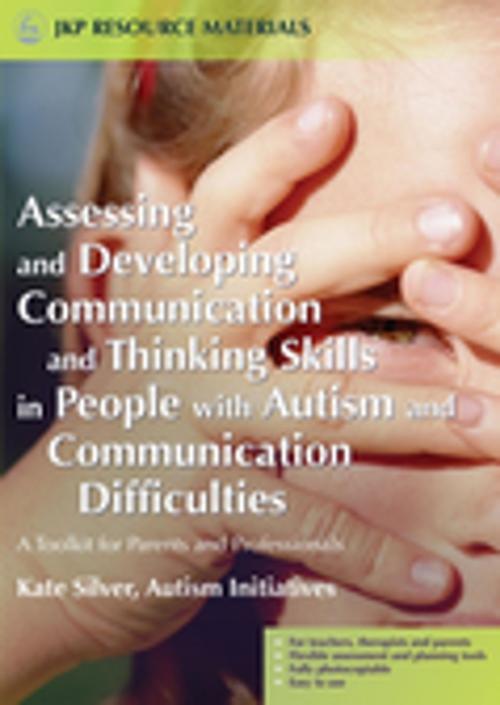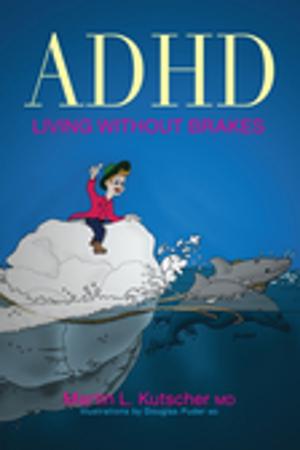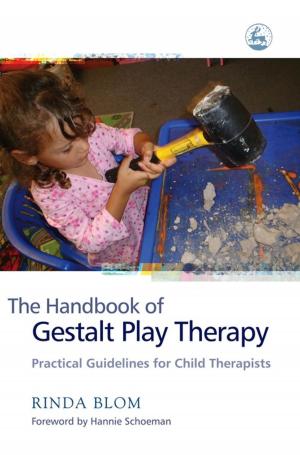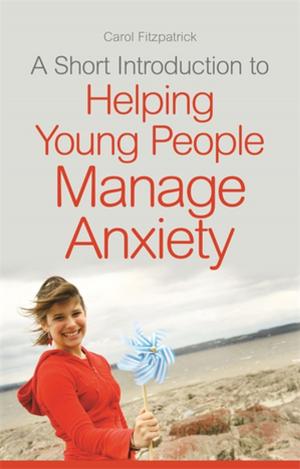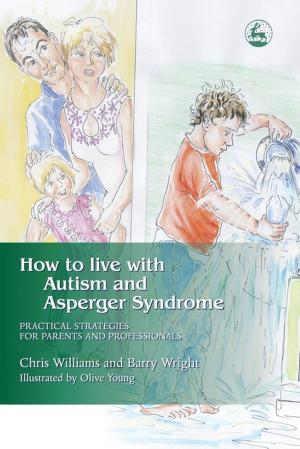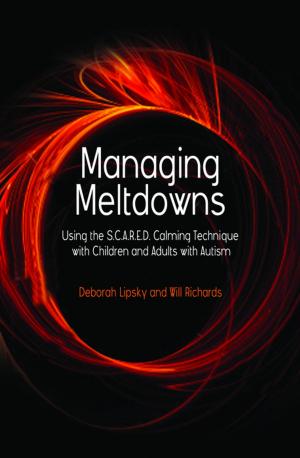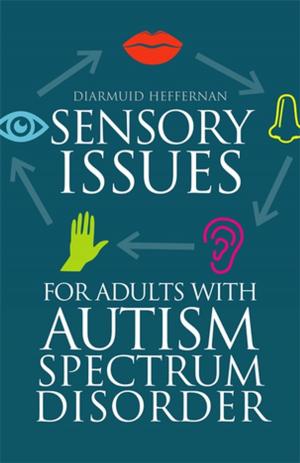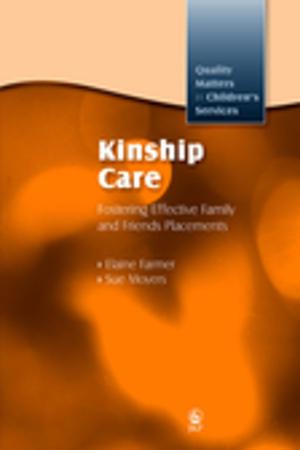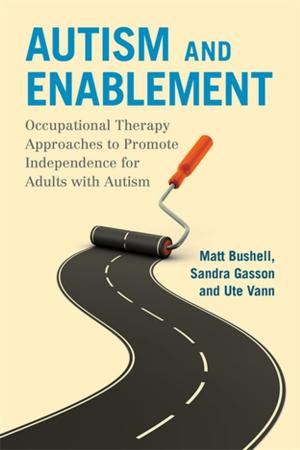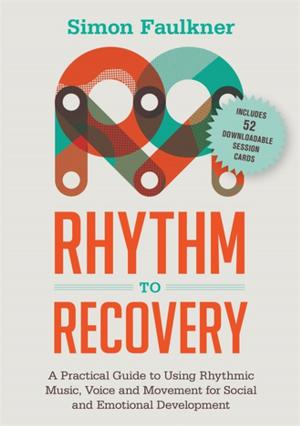Assessing and Developing Communication and Thinking Skills in People with Autism and Communication Difficulties
A Toolkit for Parents and Professionals
Nonfiction, Reference & Language, Education & Teaching, Special Education, Socially Handicapped| Author: | Kate Silver, Paul Dobson | ISBN: | 9781846421303 |
| Publisher: | Jessica Kingsley Publishers | Publication: | April 15, 2005 |
| Imprint: | Jessica Kingsley Publishers | Language: | English |
| Author: | Kate Silver, Paul Dobson |
| ISBN: | 9781846421303 |
| Publisher: | Jessica Kingsley Publishers |
| Publication: | April 15, 2005 |
| Imprint: | Jessica Kingsley Publishers |
| Language: | English |
This fully photocopiable resource offers a flexible framework for the assessment and measurement of the communication skills of children with autistic spectrum disorders (ASDs). Packed with practical assessment and planning sheets, it enables teachers, educators and other professionals to observe and record how children use and understand language, and to follow their progress over time.
The completed assessment record is an accessible summary of a child's individual communication style, identifying strengths and weaknesses and the ways in which he or she is best assisted and motivated to communicate. It focuses on how children express themselves in everyday situations - for example, how they make requests or gain attention, the words they use most frequently, and how their communication is affected by different people and places. Most importantly, it provides a diagnosis of where communication skills can be developed and improved.
Using the communication curriculum, educators can set appropriate targets, linked to work in other areas, such as literacy and science. A separate thinking skills curriculum aims to develop the skills and confidence necessary for social interaction, from making simple choices to understanding humour and abstract ideas.
Originally devised for use with children with ASDs, this toolkit is equally effective in identifying communication problems in other children, and is an invaluable resource for teachers and speech and language therapists.
This fully photocopiable resource offers a flexible framework for the assessment and measurement of the communication skills of children with autistic spectrum disorders (ASDs). Packed with practical assessment and planning sheets, it enables teachers, educators and other professionals to observe and record how children use and understand language, and to follow their progress over time.
The completed assessment record is an accessible summary of a child's individual communication style, identifying strengths and weaknesses and the ways in which he or she is best assisted and motivated to communicate. It focuses on how children express themselves in everyday situations - for example, how they make requests or gain attention, the words they use most frequently, and how their communication is affected by different people and places. Most importantly, it provides a diagnosis of where communication skills can be developed and improved.
Using the communication curriculum, educators can set appropriate targets, linked to work in other areas, such as literacy and science. A separate thinking skills curriculum aims to develop the skills and confidence necessary for social interaction, from making simple choices to understanding humour and abstract ideas.
Originally devised for use with children with ASDs, this toolkit is equally effective in identifying communication problems in other children, and is an invaluable resource for teachers and speech and language therapists.
